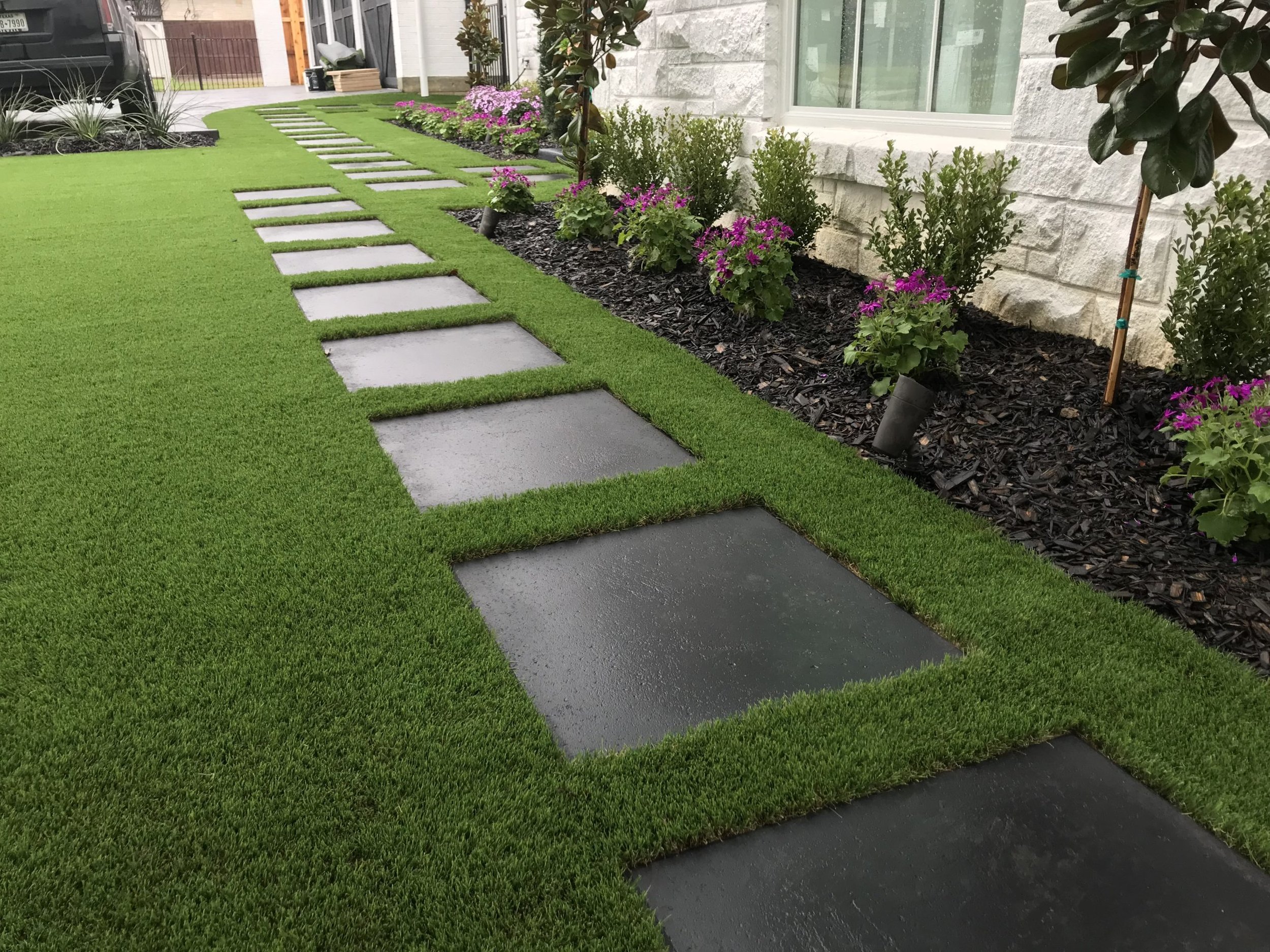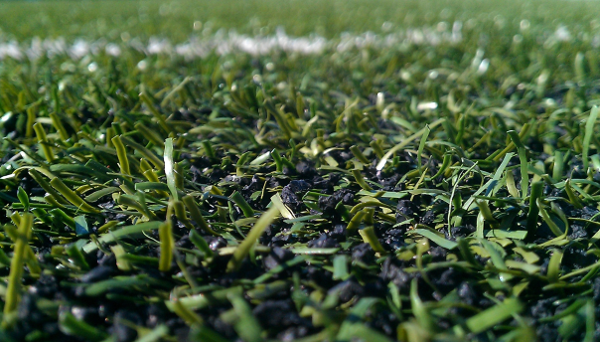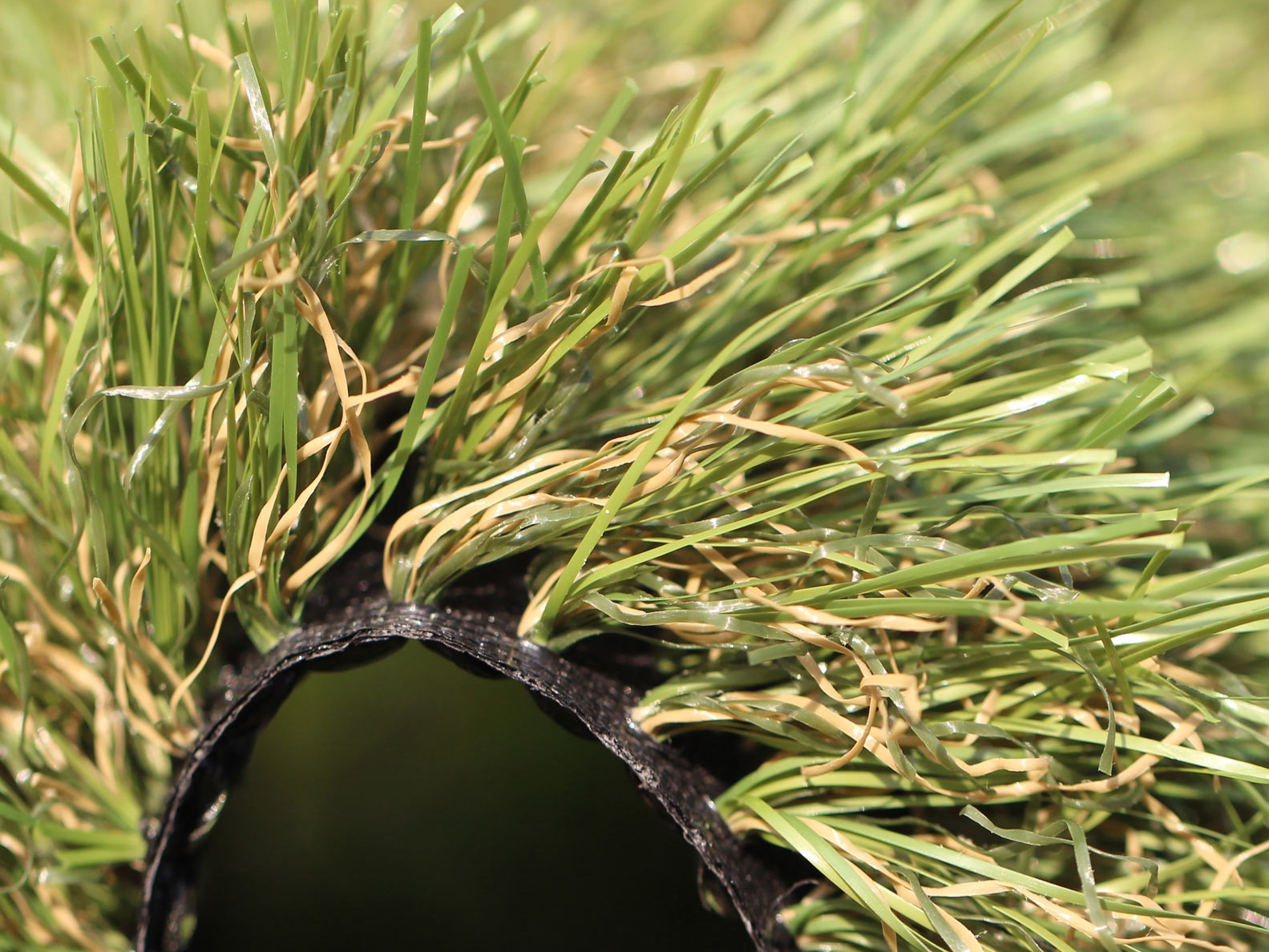See Why Homeowners Prefer Artificial Turf for Sustainable Landscaping Practices
As house owners significantly focus on sustainability in landscape design, synthetic grass has actually become a compelling alternative to traditional grass. Its ability to save water, decrease maintenance efforts, and minimize environmental impact positions it as a practical choice for those looking for environment-friendly options. The visual allure and convenience of man-made lawn provide to varied layout choices. The effects of this shift expand beyond plain comfort and aesthetic appeals, prompting a more detailed evaluation of how these selections influence broader ecological outcomes. What continues to be to be checked out is the complete range of advantages that synthetic lawn can provide to homeowners and the atmosphere alike.
Water Preservation Benefits
One of one of the most significant benefits of artificial lawn is its role in water preservation. Traditional lawn lawns call for significant amounts of water to maintain their rich look, often resulting in overuse of neighborhood water sources, especially in deserts. On the other hand, synthetic grass removes this need totally, as it does not require irrigation. This not only conserves water however likewise minimizes the stress on metropolitan water supply, specifically throughout dry spell problems.
In addition, the installment of synthetic grass can add to an extra lasting landscape. House owners can dramatically lower their water costs, enabling for reallocation of resources to other ecological campaigns or house usages. Furthermore, synthetic grass is made to stand up to different climatic problems without the requirement for supplemental watering, making it a perfect selection for regions facing water deficiency.
The environmental benefits expand beyond prompt water cost savings. By reducing water intake, synthetic grass assists to mitigate the influences of climate adjustment, preserving essential communities that are threatened by extreme water removal. As sustainable landscape design practices obtain traction, synthetic grass becomes a liable choice for home owners seeking to produce environmentally friendly outdoor rooms.
Reduced Maintenance Initiatives
Synthetic grass dramatically decreases maintenance efforts contrasted to traditional turf yards. With fabricated grass, property owners can remove the time-consuming tasks connected with natural landscape design, such as mowing, feeding, and weeding. This not just conserves valuable time but likewise minimizes physical labor, making grass treatment accessible for people of all ages.
One of the most noteworthy advantages is the absence of routine mowing. Standard lawns need regular trimming to maintain a visually pleasing height, whereas synthetic grass remains regularly rich without the requirement for cutting. Additionally, property owners no longer require to use pesticides or plant foods, which are frequently required to keep all-natural yard healthy and balanced. This change not only lightens the workload yet additionally advertises a neater, more uniform look year-round.
Moreover, synthetic grass is resilient and sturdy, calling for minimal maintenance beyond periodic cleaning and rinsing to get rid of debris. This convenience of maintenance enables homeowners to appreciate their exterior areas without the consistent concern of maintenance, offering even more time for leisure and household tasks. Ultimately, the minimized maintenance initiatives associated with synthetic lawn make it an appealing choice for those looking for a low-maintenance, visually appealing landscape.

Ecological Effect Decrease
There is a growing acknowledgment of the environmental advantages related to synthetic grass, specifically in terms of water preservation and reduced chemical use. Traditional yards require considerable quantities of water, especially in drought-prone areas, leading to boosted pressure on local water sources. In contrast, synthetic grass eliminates the demand for irrigation, substantially decreasing water usage and advertising sustainability.
Additionally, conventional yard upkeep usually involves the application of pesticides, fertilizers, and herbicides, which can add to dirt and water air pollution. Synthetic grass reduces this ecological danger by calling for marginal maintenance and virtually eliminating the need for damaging chemicals. This not just boosts dirt wellness yet additionally protects local communities from harmful overflow.
Furthermore, the production of natural turf lawns typically involves the use of nonrenewable fuel sources for mowing and landscaping equipment, more adding to greenhouse gas exhausts. visit this website By selecting synthetic grass, house owners can substantially reduce their carbon footprint associated with grass treatment activities.
Aesthetic Charm and Flexibility
Along with its ecological advantages, man-made turf supplies significant visual appeal and adaptability for landscaping. House owners can achieve a rich, environment-friendly appearance year-round, getting rid of the seasonal variations typically connected with natural lawn. This regular aesthetic not only improves the aesthetic appeal of a property however additionally adds to a refined and properly maintained appearance.
Moreover, synthetic grass is available in a variety of styles, colors, and textures, enabling modification to match private preferences and style themes - Arizona artificial turf. Whether utilized in property gardens, commercial rooms, or entertainment locations, it can effortlessly integrate into varied landscape design styles, from contemporary minimalist to lavish exotic settings
The flexibility of synthetic grass expands past simple appearance; it can be installed in numerous places, including rooftops, patio areas, and also indoor spaces, producing opportunities for distinct landscaping remedies. In addition, it is appropriate for a variety of activities, from youngsters's backyard to pet-friendly environments, giving performance without endangering design.
Ultimately, the visual charm and versatility of synthetic grass make it an eye-catching option for home owners seeking lasting landscaping options that do not sacrifice appeal for environmental obligation.

Long-Term Expense Financial Savings
Among one of the most engaging advantages of man-made turf is its possibility for long-lasting cost financial savings. Unlike natural grass, which needs regular upkeep-- including mowing, watering, feeding, and pest control-- synthetic grass significantly lowers these ongoing expenditures. Property owners can save a considerable quantity on water expenses, especially in areas where water shortage is a pushing issue. The removal of grass care services better adds to financial cost savings, as there is no need for specific tools or labor.
Furthermore, synthetic grass has a lifespan of 15 to 25 years, relying on its quality and usage. This resilience lessens replacement expenses, making it a much more cost-effective choice in the future. The first financial investment in man-made turf can frequently be recouped via the financial savings accumulated over time.
While the in advance cost might appear higher compared to turf setup, the advancing savings from lowered upkeep and water usage often surpass these preliminary expenditures. Inevitably, the fostering of synthetic lawn not just promotes a lasting landscaping solution yet likewise provides homeowners a monetarily smart alternative that lines up with long-term budgeting objectives.
Conclusion
Synthetic grass becomes a compelling alternative for sustainable landscape design, offering considerable advantages in water preservation, reduced upkeep efforts, and reduced environmental effect. Its visual appeal and convenience enhance the aesthetic landscape while lining up with modern-day sustainability goals. Furthermore, long-lasting price savings add to its good looks for property owners. As neighborhoods significantly prioritize eco-friendly practices, the adoption of synthetic grass stands for a dynamic step towards achieving resistant and sustainable landscapes.
In addition, synthetic turf is made to hold up against various climatic conditions without click this the need for additional watering, making it a suitable option for regions dealing with water deficiency. (Arizona turf)

Man-made turf arises as a compelling alternative for sustainable landscape design, using significant benefits in water navigate to these guys conservation, lowered maintenance initiatives, and reduced environmental effect.
Comments on “Choose the Best Artificial Turf Companies Phoenix for Your House or Commercial Space”